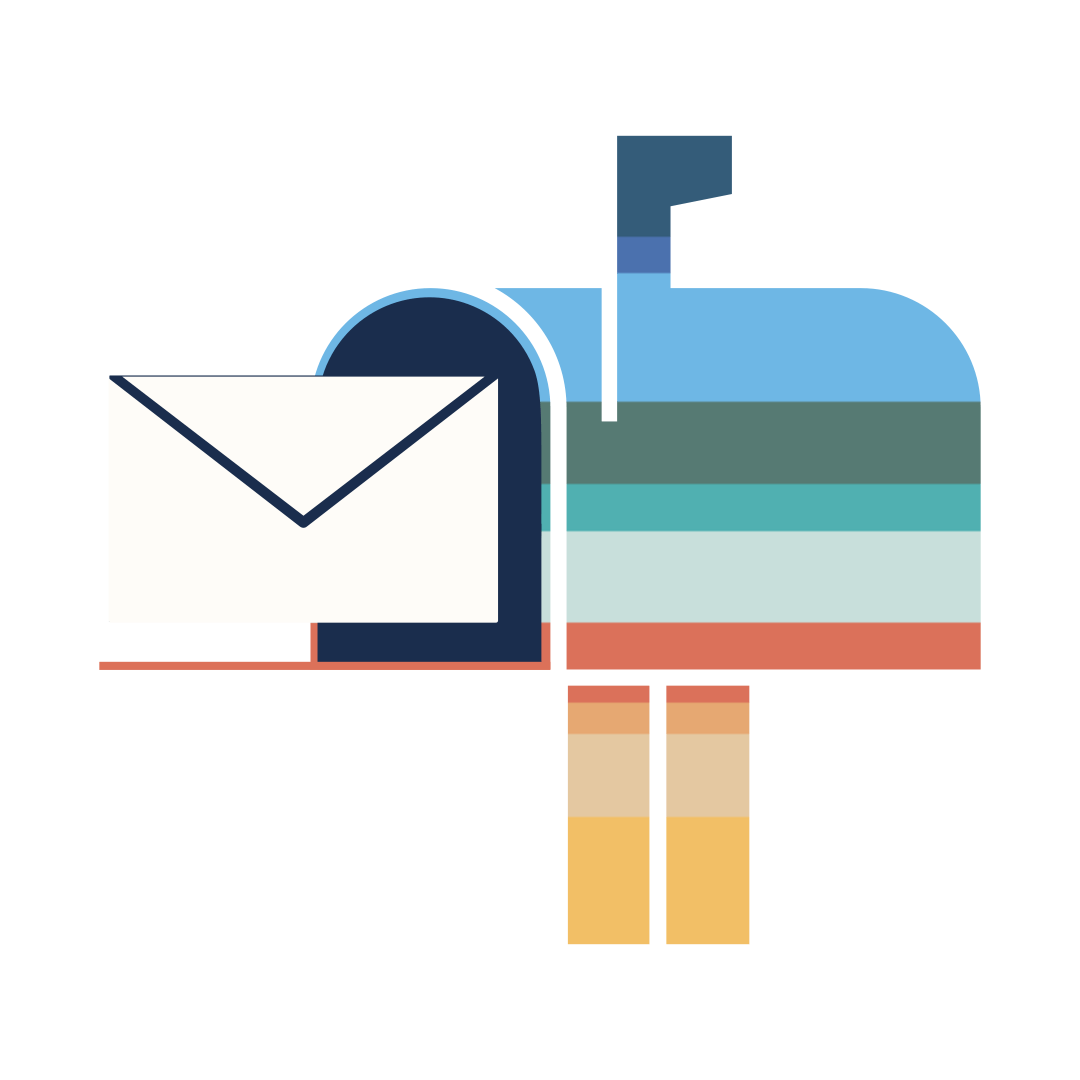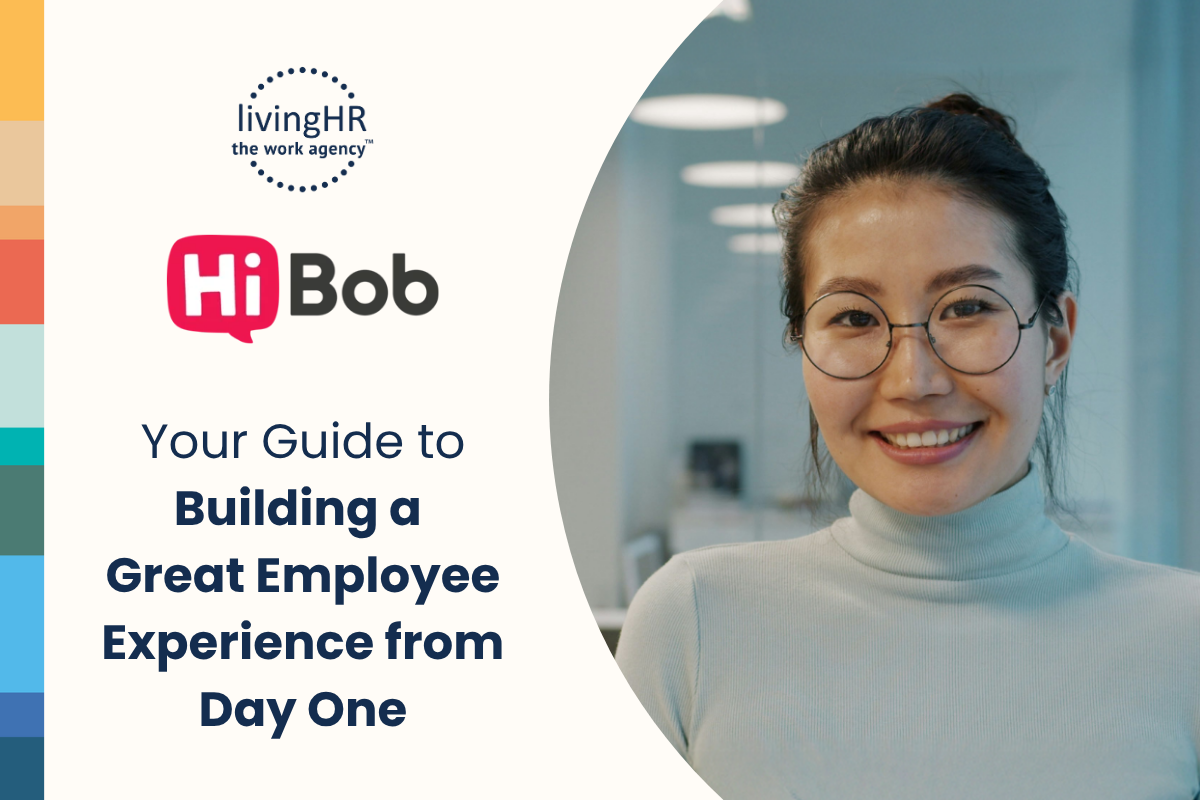At livingHR, we know that your people are your superpower. When their skills, passions, and potential are aligned with your business goals, that’s when the real magic happens. So if you’re starting to ask questions like “Do we have the talent we need to grow?” or “Where should we be investing in development?”—you’re in the right place. A skills gap analysis can help you find those answers.
But here’s the thing: this isn’t just a spreadsheet exercise. It’s not about tracking deficiencies. It’s about understanding your people, unlocking their potential, and intentionally shaping the workforce you need for today—and for the future.
Let’s walk through what a skills gap analysis looks like when it’s done with people, strategy, and culture at the center.
What is a Skills Gap Analysis?
A skills gap analysis is a structured process that organizations use to identify the difference between the skills their workforce currently possesses and the skills they need to achieve business goals. It helps leaders assess their current talent landscape, highlight areas for development, and plan for future needs, whether that means upskilling, reskilling, hiring, or redesigning roles.
But it’s more than a diagnostic tool.
At its best, a skills gap analysis offers insight into how well your people are aligned with your strategy, how equitably development opportunities are distributed, and where you can create more meaningful, human-centered pathways for growth. It’s not just about measuring capability, it's about unlocking potential.
There are many types of skills gap assessments, including:
- Individual skills gap analysis, which compares an employee’s current abilities to the requirements of their current or future role.
- Team or department-level analysis uncovers collective strengths and areas that may need development support.
- Organizational or enterprise-wide analysis, which connects workforce capability with long-term business transformation goals.
When approached thoughtfully, this process not only builds business readiness but also strengthens trust, belonging, and performance across your organization.
Why a Skills Gap Analysis is a Business Imperative
Before you start collecting data or building fancy dashboards, take a step back. Why are you doing this? Maybe you're scaling, navigating change, or shifting toward a new strategy. Maybe you’ve got teams stretched thin or new roles emerging faster than your people can grow into them.
According to McKinsey, nearly 90% of leaders believe they are already facing or will soon face skill gaps that limit performance. For organizations that want to stay competitive, proactive workforce planning is critical.
Whatever your reason, get clear on your goals. The more connected your analysis is to the business strategy, the more meaningful your insights will be—and the easier it’ll be to act on them.
A well-executed skills gap assessment helps leaders:
- Align talent strategy with business goals. Understanding where your people are strong and where they may need support allows you to deploy talent more strategically.
- Prioritize investments in development. Instead of guessing where to invest in training, you can target real needs based on data.
- Improve agility and resilience. When your workforce is equipped with future-ready skills, you're better positioned to pivot in times of change.
(Pro tip: If you're planning for digital transformation, acquisitional growth or succession planning, now is the perfect time to pair those efforts with a thoughtful skills gap review.)
Get Clear on What Skills Matter
Next, let’s talk about what you’re actually measuring. Spoiler: it’s not just technical know-how.
Sure, you’ll want to understand things like data analysis, project management, or compliance expertise. But don’t forget the human side of performance. Emotional intelligence, collaboration, inclusive leadership—these are critical skills, too. And they’re often the differentiators between an okay culture and a truly great one.
In fact, Lattice found that 74% of high-performing organizations are now tracking soft skills as part of their performance strategy. So you’re in good company.
How to Perform a Skills Gap Analysis: 6 Essential Steps
Step 1: Clarify Your Strategic Drivers
Before jumping into tools or templates, take time to define your "why." A successful employee skills assessment is grounded in clear, business-relevant objectives.
Are you:
- Scaling a new division or entering a new market? A new business focus may require different technical and leadership skills.
- Responding to industry disruption or regulatory change? Rapid shifts can reveal capability gaps that need urgent attention.
- Navigating leadership transitions or planning succession? You’ll need to assess bench strength and readiness.
- Pursuing digital transformation or operational efficiency? These initiatives often demand new mindsets, systems thinking, and cross-functional collaboration.
By tying your analysis to strategic goals, you ensure that the outcomes are meaningful, actionable, and directly connected to business performance.
Step 2: Define the Skills That Matter
Identifying the right skills to evaluate is one of the most important steps in the process. A common mistake is focusing only on technical skills while overlooking the competencies that enable collaboration, innovation, and leadership.
Include a mix of the following:
- Technical Skills
These are job-specific, like coding, budgeting, compliance expertise, or data analysis. While they’re measurable, they don’t tell the full story of capability or potential. - Behavioral Skills
Attributes such as adaptability, resilience, and emotional intelligence help employees navigate complex interpersonal dynamics and change. They often underpin team success and psychological safety. - Leadership and Strategic Skills
Capabilities like decision-making, strategic thinking, and influence are essential for roles that steer direction and guide others. These often separate strong managers from transformative leaders. - Inclusive and Cultural Competencies
Skills like inclusive leadership, cultural humility, and cross-functional collaboration have become critical in hybrid and diverse workplaces. These ensure your culture supports belonging, innovation, and engagement.
Organizations that track both hard and soft skills see more holistic performance outcomes and stronger alignment between individual potential and organizational needs.
Step 3: Assess Current Capabilities
With a clear goal and a list of essential skills in hand, it’s time to take inventory. What skills do you already have on your team? Where are you thriving, and where are the gaps?
This part should be collaborative—not just a top-down audit. Bring in managers. Ask employees to self-assess. Leverage the HR technology platform you use to house performance and development data.
At livingHR, we recommend a multi-method approach:
- Self-Assessments and Reflections
Encourage employees to reflect on their own strengths and areas for development. This builds self-awareness and encourages ownership over their growth. - Manager Feedback and Team Input
Managers can validate or challenge self-assessments with real-world performance observations. Including peer insights can also enrich the picture, especially in cross-functional roles. - Behavioral Assessments and 360 Reviews
Use structured assessments to reveal insights that might not be immediately visible, such as communication style, conflict triggers, or leadership potential. - Data from HR Technology Platforms
Many platforms, like Lattice, Engagedly, or Payscale, allow you to consolidate performance reviews, goal progress, and learning metrics into one view. - Interviews and Conversations
Don’t underestimate qualitative data. Conversations offer valuable insights into employee aspirations, blockers, and hidden potential.
This blended approach ensures your skills gap assessment is rooted in both data and experience, helping you uncover not just what people can do, but what they care about doing more of.
Step 4: Spot the Gaps—and the Possibilities
Now that you have a clearer picture, patterns will start to emerge. Maybe a whole team is struggling with strategic thinking. Maybe your high-potential employees are missing opportunities to lead. Or maybe your frontline leaders need more support navigating change.
As you identify the gaps, don’t just think about what’s missing. Think about what’s possible.
Where are people underutilized? Where could a stretch assignment, a mentorship relationship, or a redesigned role unlock someone’s potential? And are there equity issues—like access to development opportunities—that need attention too?
A skills gap analysis should shine a light on capability gaps and culture gaps alike. That’s where the real growth happens.
Ask questions like:
- Are high-potential employees underutilized or disengaged?
- Are there consistent capability gaps within a particular team or function?
- Do your teams struggle more with hard skills, soft skills, or both?
- Are certain groups facing barriers to development access?
Now consider what you can do:
- Stretch Assignments
Let employees test and grow their skills in a low-risk environment. This can also boost confidence and cross-functional understanding. - Mentorship and Coaching Programs
Create relationships where employees can gain feedback, expand their thinking, and accelerate growth with support. - Redesigned Career Paths
Not every role needs to look the same. Rework job architecture to reflect multiple routes to growth, whether lateral, vertical, or rotational. - Equity Reviews
Identify where systemic inequities may limit development access, and take steps to close those gaps through policy, resources, and accountability.
The goal is to build a workplace where development isn’t a privilege, it’s a shared expectation.
Step 5: Co-Create Your Development Plan
Development plans that stick are co-owned by employees and the organization. Rather than prescribing a one-size-fits-all learning path, invite employees to co-create their next steps.
Together, design:
- Personalized Learning and Development Plans
Map growth goals to both business needs and personal aspirations. Include formal learning, informal learning, and experiential opportunities. - Peer Coaching and Mentorship
Establish coaching cohorts or mentoring circles to make learning social and continuous. These relationships also deepen trust and culture. - New or Hybrid Roles
Introduce new positions that blend skill sets, allowing employees to experiment, lead, and grow without needing to leave the organization. - Smart Hiring to Complement Growth
Sometimes, the answer isn’t internal. Be clear about what you’ll build internally and what you’ll buy through recruiting.
As we like to say at livingHR: skills gaps aren’t just about what people lack—they’re about what organizations haven’t yet nurtured.
Step 6: Define and Measure Success
You’ve done the work—now let’s measure it.
How do you know if your skills gap strategy is working? Look beyond completions or checkboxes. Focus on outcomes that tie back to your people and your business. For example:
- Internal Mobility
Track the percentage of roles filled through internal moves. Rising mobility often signals a healthy development culture. - Employee Sentiment
Use pulse surveys and engagement tools to understand whether employees feel supported, challenged, and valued in their growth. - Time to Productivity
When employees shift into new roles, how quickly do they become effective? Reduced ramp-up time often reflects better alignment and readiness. - Retention of High-Potential Talent
Are your future leaders staying and growing? If not, look deeper into whether development opportunities feel real and fair. - Performance and Output Metrics
Compare before-and-after team outcomes to see whether gaps you addressed led to better results.
Organizations that actively close skill gaps consistently outperform their peers, and they build workplaces that attract and retain top talent.
How livingHR Can Help Build a Solid Skills Gap Strategy
At livingHR, we help organizations uncover, understand, and close their most critical skills gaps while honoring the human experience of work.
We do this through:
- Capability Mapping and Future Role Design
We co-create custom frameworks to define what great looks like now and in the future, tailored to your strategic goals and company culture. - Talent Experience Surveys
Our proprietary surveys go beyond checkboxes to surface the emotional and experiential drivers of engagement and growth. - Learning and Growth Strategy Design
From off-the-shelf content to fully bespoke learning experiences, we help you design programs that are inclusive, actionable, and scalable. - Technology Integration and Enablement
We partner with leading HR tech platforms to help you centralize insights across pay, performance, and learning, so decisions are faster and more meaningful.
We believe that when you see your people clearly, you unlock your competitive advantage.
Skills Gaps Are Human Gaps—So Let’s Build Human Solutions
A skills gap analysis is more than a tactical exercise; it’s a window into the future of your workforce. And when you take a human-first approach, you see more than gaps. You see opportunities.
Opportunities to:
- Cultivate a culture of learning and growth
- Identify future leaders and support their journeys
- Foster equity by removing barriers to development
- Align business goals with real human potential
By understanding where your people are today and what they need to succeed tomorrow, you create a culture that thrives not just in spite of change, but because of it.
Ready to get started? Connect with us. We’d love to help you build a workforce that’s skilled, inspired, and future-ready.







